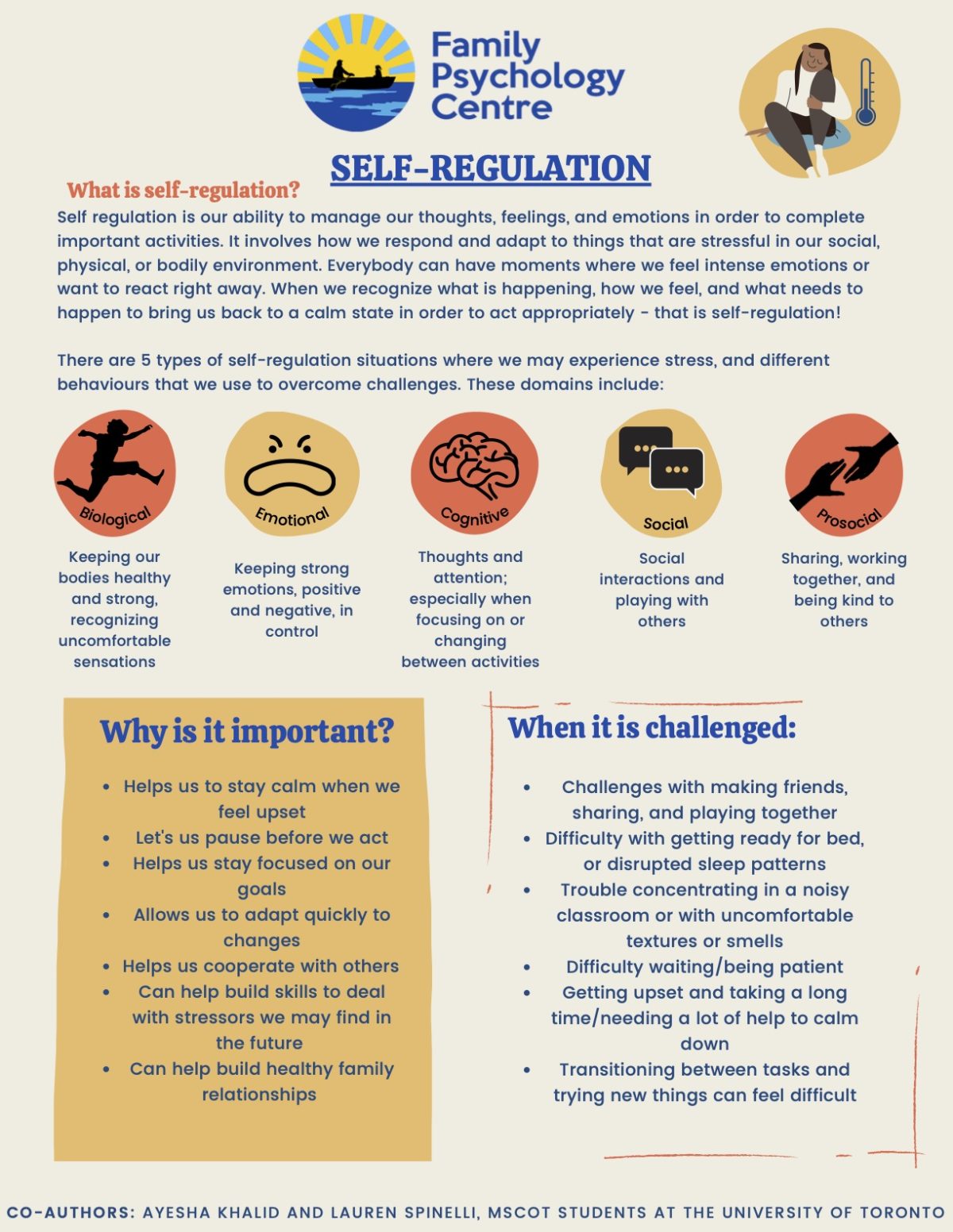Emotional Regulation For Teens
Emotional Regulation for Teens: Strategies to Manage and Express Your Feelings
Being a teenager can be a rollercoaster of emotions. From the highs of first love and exciting adventures to the lows of stress, anxiety, and uncertainty, it's no wonder that emotional regulation becomes crucial during this phase of life. Learning to understand and manage your feelings is a valuable skill that will benefit you not only now but also in your future. In this article, we will explore some effective strategies to help you regulate your emotions and navigate the turbulent teen years with grace and resilience.
1. Practice Mindfulness

One powerful tool for emotional regulation is mindfulness. Mindfulness is the practice of bringing your attention to the present moment without judgment. By grounding yourself in the here and now, you can reduce stress and anxiety, making it easier to navigate your emotional landscape.
To start practicing mindfulness, find a quiet place where you can sit comfortably. Close your eyes and bring your attention to your breath. Notice the sensations of each inhalation and exhalation. Whenever your mind wanders, gently bring it back to your breath. You can also incorporate mindfulness into your daily routine by paying full attention to activities like eating, walking, or even brushing your teeth.
2. Engage in Physical Activity

Physical activity is not only beneficial for your physical health but also plays a significant role in your emotional well-being. Engaging in exercise releases endorphins, which are natural mood boosters. Regular physical activity can help reduce stress, improve sleep quality, and increase self-confidence.
You don't need to be an athlete to reap the benefits of physical activity. Find something you enjoy, whether it's dancing, biking, hiking, or practicing yoga. Aim for at least 30 minutes of moderate-intensity exercise most days of the week, and remember that even short bursts of movement can make a difference.
3. Build a Supportive Network

Surrounding yourself with a supportive network of friends and family is crucial for emotional regulation. Having people who understand and validate your feelings can provide a sense of security and comfort during challenging times. It's important to prioritize relationships that lift you up and make you feel heard and understood.
If you find it challenging to build a supportive network within your existing social circles, consider joining clubs or groups with similar interests. This can provide opportunities to connect with like-minded individuals who may become lifelong friends.
FAQ
Q: What is emotional regulation?
A: Emotional regulation refers to the ability to understand, manage, and express emotions in a healthy and adaptive way. It involves recognizing and accepting emotions, learning strategies to regulate intense emotions, and effectively communicating feelings.
Q: Why is emotional regulation important for teenagers?
A: Emotional regulation is particularly crucial during the teenage years due to the many physical, emotional, and social changes that occur during this period. Teens often experience intense emotions and face challenges in managing them. Learning emotional regulation skills can help teens develop resilience, cope with stress, and improve their overall well-being.
Q: How can mindfulness help with emotional regulation?
A: Mindfulness is a practice that involves paying attention to the present moment without judgment. It can help teens become aware of their emotions, reduce stress and anxiety, and make more thoughtful choices in how they respond to challenging situations. By cultivating mindfulness, teens can develop a greater sense of self-awareness and improve their emotional regulation skills.
Q: How can I create a supportive network?
A: Creating a supportive network involves nurturing relationships with individuals who understand, validate, and support your feelings. Start by identifying people in your life who make you feel heard and understood. Prioritize spending time with them and openly communicate your needs. If you're struggling to find supportive connections, consider joining activities or groups where you can meet like-minded individuals who may become part of your supportive network.
Remember, emotional regulation is a skill that takes time and practice to develop. It's normal to experience ups and downs, but by incorporating these strategies into your life, you can navigate your emotions more effectively and create a stronger foundation for your overall well-being. Embrace the journey, and remember that you have the power to shape your emotional landscape in positive ways!
Interactive Activities To Develop Social And Emotional Regulation
 Image Source : www.pinterest.com
Image Source : www.pinterest.com emotional regulation activities skills social visit
Pin On Therapy
 Image Source : www.pinterest.com
Image Source : www.pinterest.com therapy worksheets down skills coping regulation teens emotional emotions ramping health weak spots personal regulate instead mental teen comments activities
Pin On KIDS
 Image Source : www.pinterest.com
Image Source : www.pinterest.com Emotion Regulation Adolescent - Google Search | How To Express Feelings
 Image Source : www.pinterest.com
Image Source : www.pinterest.com regulation
Self Regulation: Strategies For Kids And Teens - Family Psychology
 Image Source : familypsychology.org
Image Source : familypsychology.org handout
Feelings And Emotional Regulation Worksheets For Kids And Teens
 Image Source : www.pinterest.com
Image Source : www.pinterest.com Pin On Emotional Regulation
 Image Source : www.pinterest.com
Image Source : www.pinterest.com coping worksheets cbt anxiety cognitive regulation behavioral
Image Result For Inside Out Zones Of Regulation Behavior Incentives
 Image Source : www.pinterest.co.kr
Image Source : www.pinterest.co.kr Pin on emotional regulation. Image result for inside out zones of regulation behavior incentives. Feelings and emotional regulation worksheets for kids and teens. Emotion regulation adolescent. Coping worksheets cbt anxiety cognitive regulation behavioral